The plant Zamioculcas, which is also called the dollar tree, is a member of the Aroid family, in nature it can be found in the tropical latitudes of Africa. According to information taken from various sources, this genus unites from 1 to 4 species. The plant was named zamiokulkas because its foliage is very similar to the leaves of the zamia growing on the American continent.
Content
Features of zamiokulkas
Zamioculcas is a low herbaceous plant. Its rhizome is tuberous, and the roots are thick and fleshy. A thick and juicy rachis is very necessary for a flower, as it stores water in it. Feathers leathery to the touch are quite dense. The length of the leaf plate can reach about 100 cm.During a long dry period, the plant throws off the leaves from the upper part of the leaf plate, due to this, moisture evaporation decreases, and the petiole below is needed to preserve liquid for the bush. The accumulation of moisture also occurs in the underground tuber. A well-grown bush can begin to bloom when grown at home. A short, thick peduncle emerges from the base of the leaves, it bears an ear-inflorescence of a pale cream color.
Brief description of cultivation
- Bloom... Zamioculcas is grown as an ornamental deciduous plant.
- Illumination... A lot of bright sunlight is needed.
- Temperature regime... In the spring-summer period - from 22 to 25 degrees, and in winter - about 16 degrees.
- Watering... In spring and summer, the plant is watered immediately after the top layer of the potted substrate dries out. In late autumn and until spring, watering is reduced. If the flower is placed in a cool place for wintering, then it should be watered only after the earthen lump in the pot is completely dry.
- Air humidity... It grows well at the level of humidity that is typical for residential premises. However, on hot days, its foliage should be regularly moistened with lukewarm water from a sprayer.
- Fertilizers... From the second half of the spring to the end of summer, the bush is fed once every 15 days, for this they use fertilizers for succulents and cacti. The rest of the time, the plant does not need feeding.
- Dormant period... From the last weeks of autumn to early spring.
- Transfer... It is carried out only when necessary, as a rule, once every 2–4 years. This procedure is carried out in spring or summer.
- Soil mixture... A suitable substrate should consist of sand, garden, vegetable and forest soil (5: 2: 2: 2). A small amount of charcoal is added to the finished soil mixture.
- Reproduction... Leafy cuttings and rhizome division.
- Harmful insects... Scabbards and aphids.
- Diseases... With improper care, dark spots may appear on the foliage, or it flies around altogether, the shoots can stretch out strongly, or rot forms on the roots and stems.
Caring for the dollar tree at home
Illumination
Zamioculcas tolerates the direct rays of the sun well, therefore it can be placed on a south-facing window. However, in the summer, with a lack of fresh air at midday, the plant is recommended to be shaded. It also grows and develops normally on light window sills of western or eastern orientation. A newly purchased flower from a store is gradually accustomed to direct sunlight, otherwise burns may form on the surface of the foliage. The same is done after prolonged cloudy weather.
Temperature regime
In spring, summer and autumn, the plant needs warmth (from 22 to 25 degrees). In winter, it is moved to a cooler place (about 16 degrees). The room in which the flower is located must be systematically ventilated.
Watering
From spring to late autumn, watering the dollar tree is carried out only after the soil mixture in the pot is half dry. The rest of the time, watering should be more scarce and rare. The same watering regime is necessary for a flower in case of prolonged cloudy weather. If the room is cooler than necessary, then the substrate is moistened only after it is completely dry. During prolonged drought, the upper part of the leaf blades dries up.
Water the flower with soft and well-settled water (at least 24 hours). Make sure that the liquid does not stagnate in the plant's root system throughout the year.
Air humidity
A dollar tree grown indoors grows well with low air humidity, which is typical for living rooms. In this regard, it is not necessary to moisturize the foliage. However, on hot summer days, it is recommended to regularly wipe the leaves with a damp sponge or spray with warm water from a spray bottle.
Bloom
Only a well-developed plant can bloom in indoor conditions. He has an inflorescence-cob on a short peduncle, which is covered from above with an apical pale green leaf.
Fertilizer
Top dressing is carried out from the second half of spring to autumn, the flower is fed once every 2 weeks, for this, fertilizer is used for cacti or succulents. The rest of the time, feeding is not carried out only if the weather is cloudy.
Garter
In a grown bush, large leaf plates need to be propped up; for this, a special support with rings is used. If this is not done, then the leaves begin to fall over.
Zamiokulkas transplant
It is recommended to transplant only if necessary in spring or summer time. As a rule, it is done once every 2–4 years. With rare transplants, the growth of the bush can be slowed down. It is recommended to use a tall clay pot for transplanting. If the container is taken too wide, then at first the development of the root system will occur, and at the same time the growth of the aerial part will greatly slow down. And in a pot that is too large, there is a possibility of liquid stagnation in the soil mixture. For transplantation, a substrate of the following composition is used: sand, garden, vegetable and forest soil (5: 2: 2: 2). You can also add a small amount of charcoal to the finished soil mixture. Do not forget to make a good drainage layer at the bottom of the pot, which should occupy at least ¼ of the container.
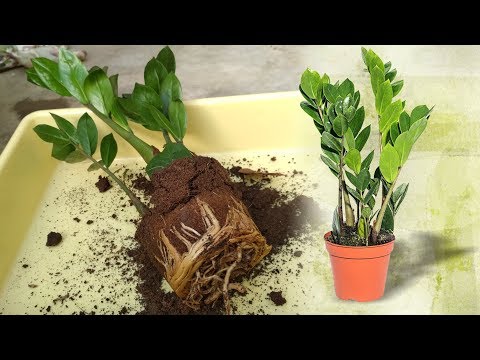

Watch this video on YouTube
Reproduction
This plant can be propagated by dividing and rooting leaves and leaf blades. For rooting, a mini-greenhouse is used, which is filled with a mixture of peat and sand, while the air temperature should be above 20 degrees.
Nodules may form at the base of the flown leaves. They can be used for reproduction, over time they will develop roots and kidneys. If development proceeds normally, then the first stem may form after six months.
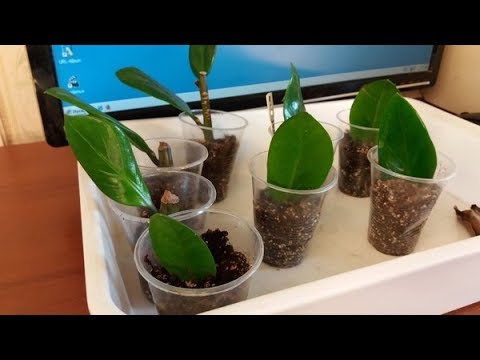

Watch this video on YouTube
Diseases and pests
With improper care, zamioculcas may have problems. For example:
- Leaf plates die off... If there is mechanical damage on the foliage, this can lead to their death.
- The plant is stretched... This is due to too poor lighting.
- Flying around foliage... If the lower leaf plates die off and fly around, then this is a completely natural process.
- Specks on the leaves... Dark spots form on the foliage, this can happen due to drafts, excessive watering and cold air.
- Rot appeared on the bush... Rot can appear on the roots and shoots if the room is too cold, and water stagnation is regularly observed in the substrate.
- Harmful insects... This plant is highly resistant to pests, but scale insects or aphids can settle on it.
Types of zamiokulkas with photos and names
Zamioculcas zamiifolia (Zamioculcas zamiifolia)
Or Zamioculcas loddigesii - this species can be found in natural conditions in East Africa. The rhizome is a tuber from which leaf plates grow, reaching about 0.6 m in length. The leaf plates are divided into leaflets, feathers, of which there are from 4 to 6 pairs. During prolonged drought, the plant can shed the leaves from the top of the leaf plate, thereby reducing the evaporation of moisture.
Zamioculcas variegate (Zamioculcas variegate)
Variegated or variegated zamioculcas are very difficult to find in flower shops. His homeland is the island of Madagascar. At home, it can reach a height of 1 to 1.5 meters. The leaves are arranged symmetrically in strict order. They have a bright green color, juicy flesh, pointed at the tips. Flowers rarely appear in the plant, with very good care. The inflorescence is formed in the form of an ear.
Zamioculcas lanceolate (Zamioculcas Lanceolata)
Received this name because of the elongated leaves of the original lanceolate shape. For the first time the flower was exhibited at flower auctions in Holland at the end of the 20th century. Its height reached 1.5 meters and more. In 2007, a miniature plant was bred, not exceeding 60 centimeters in height. Its leaves are an exact copy of the progenitor, only in a reduced size.
Black zamioculcas (Zamioculcas Blak)
The plant has leaves and cuttings almost black. Otherwise, it is completely similar to the zamioculcas zamifolia. The same fleshy leaves pointed at the tips, fixed symmetrically on both sides on a common cutting. The young bush has lettuce-colored leaves. As they grow older, they begin to darken. At the same time, their color is completely unaffected by the lighting in the room. No matter how the florist tries to lighten the leaves, he will fail. This "tree" looks very impressive. Therefore, it will perfectly decorate any room.
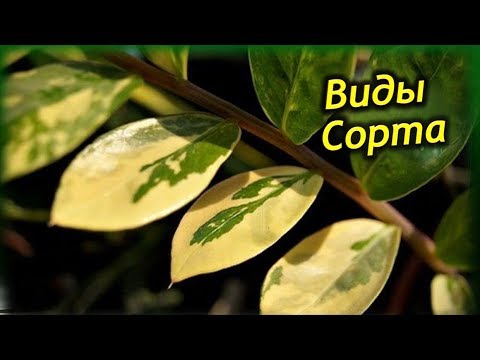

Watch this video on YouTube


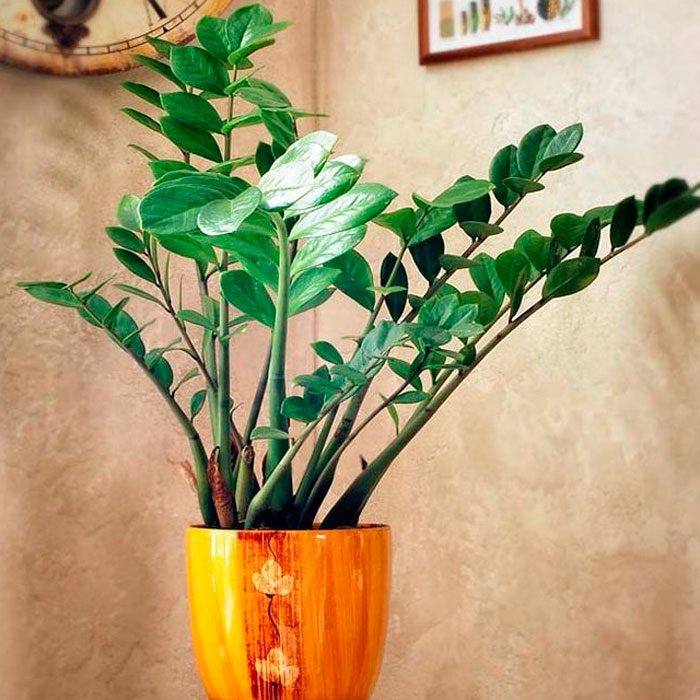
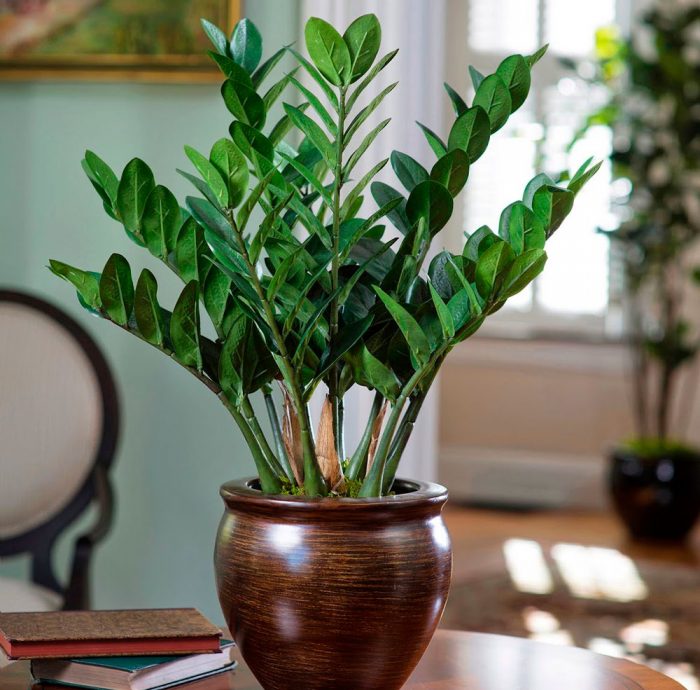

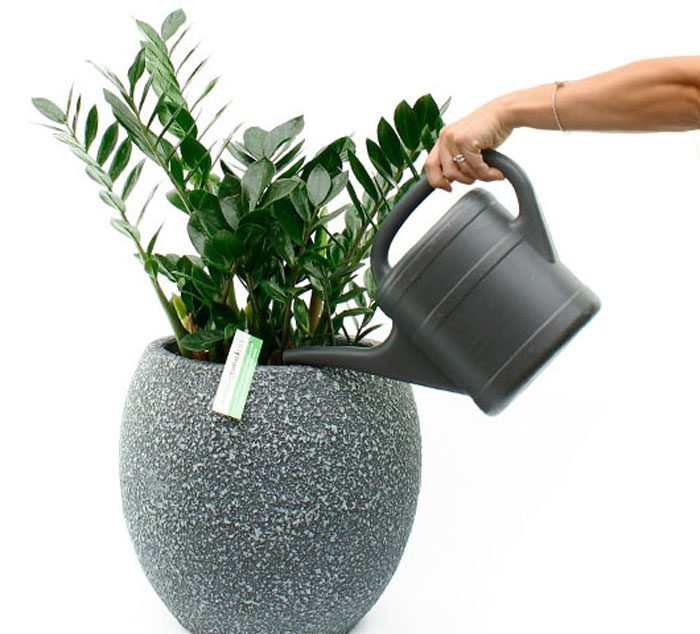
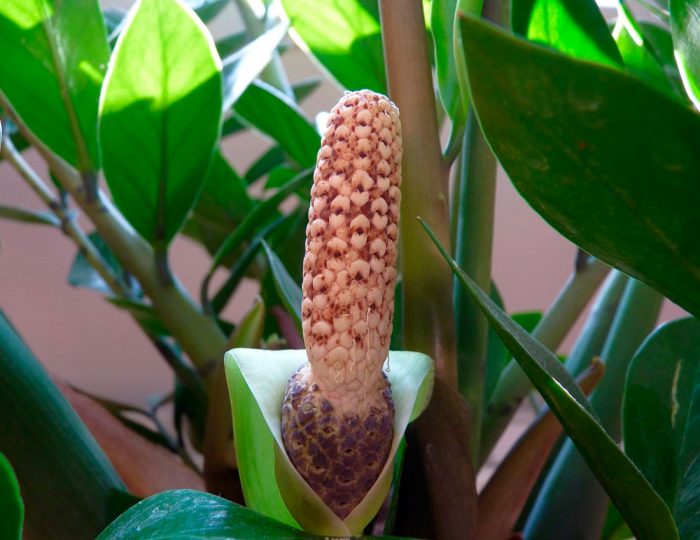
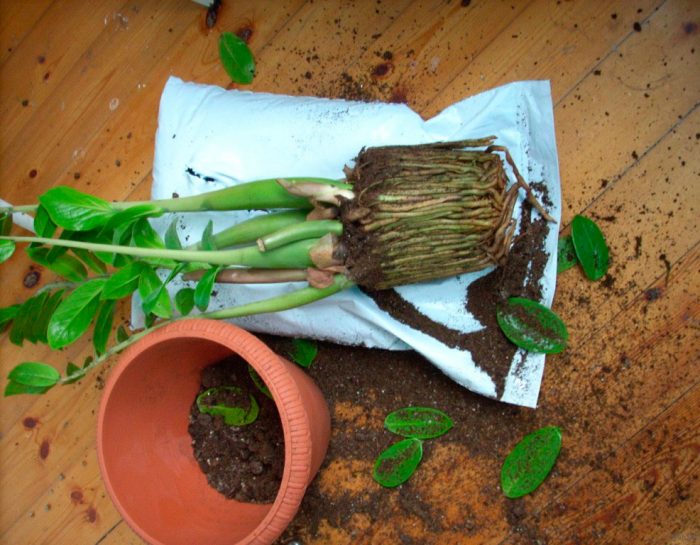
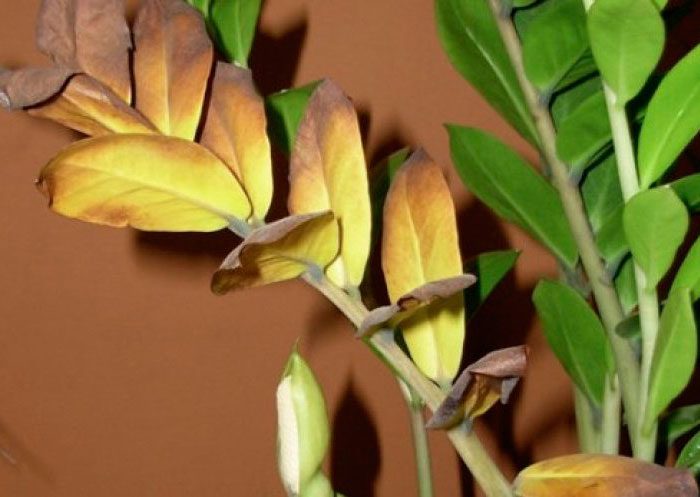
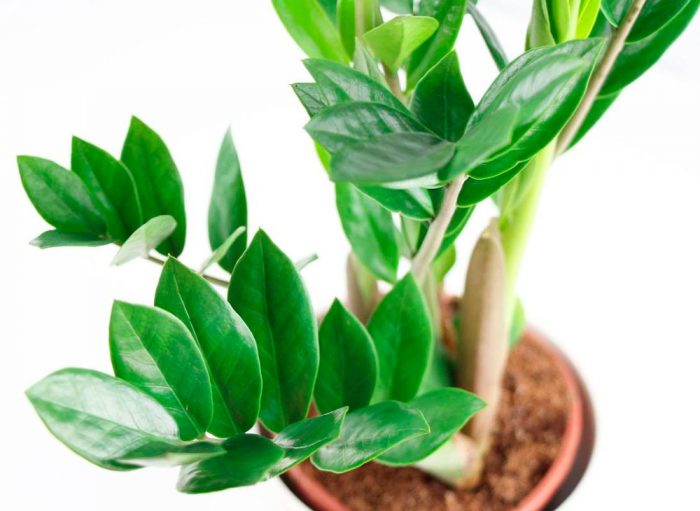
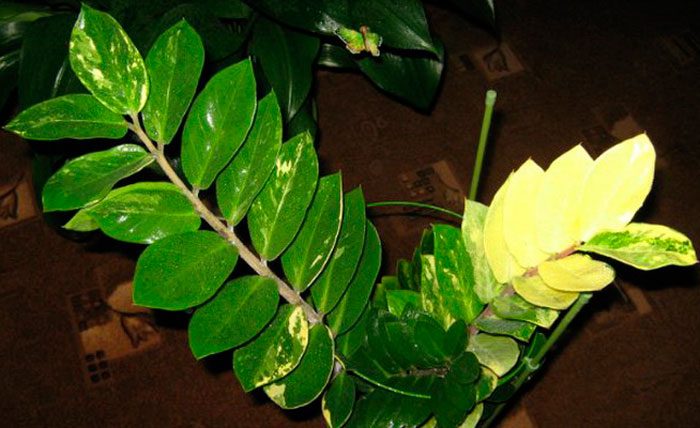
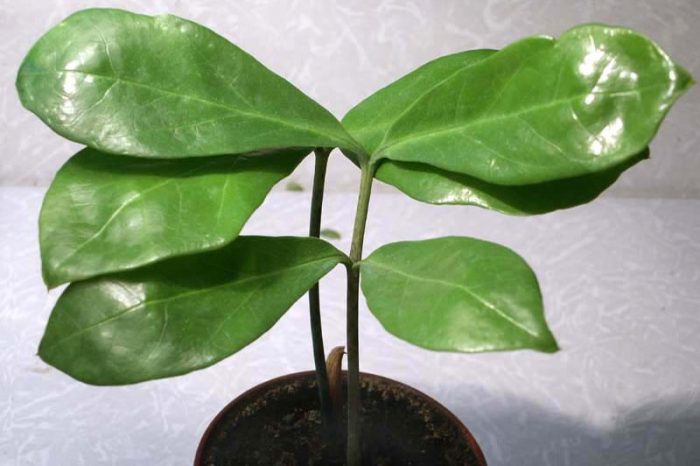
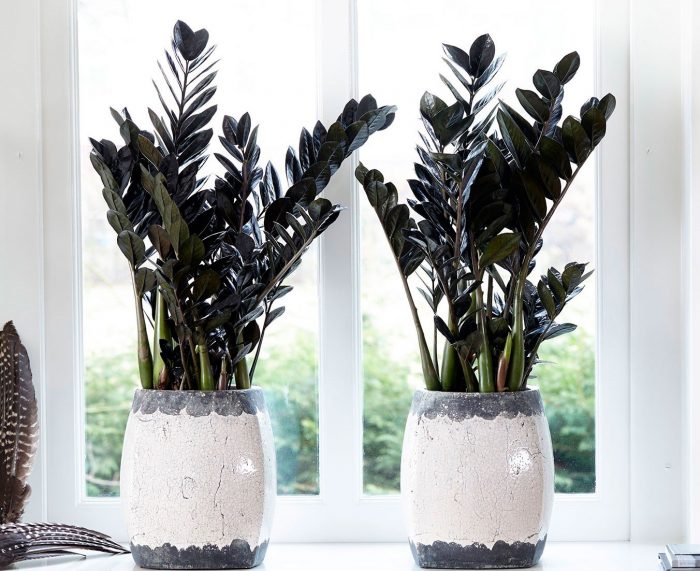
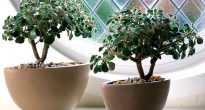

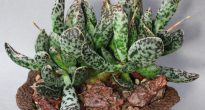
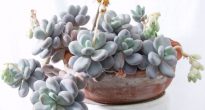
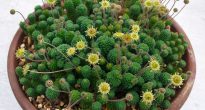
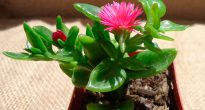

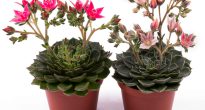
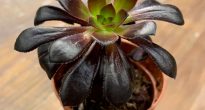

Good day! Please tell me, is this flower blooming ??? Or is it something wrong with me?
I don't bloom either
Blossoms, a friend's bloom today
it does not bloom. he just lets out green leaves and that's it
It blooms! But the flower spreads at the roots, like a pig's tail.There is a description in the article! Mine blooms constantly.
And here it is blooming, a year ago transplanted into a large pot, branches are almost 1 meter long, very thick, a new folded leaf appeared on the side, I thought that it was more stunted than the previous ones, and after a while a small one appeared from a cocoon, similar to an ear of corn, yellow, only grains in the form of tiny flowers, the shoot itself is 30 cm high, and the flower is 6 cm, stood for two weeks, then bent over and began to turn brown, that's his whole life, was surprised by the flowering, was sure that these zamioculcas do not bloom, I will place the photo in one-room.
"... a small corn-cocoon appeared from the cocoon, yellow in color, only grains in the form of tiny flowers, the shoot itself is 30 cm tall, and the flower is 6 cm, stood for two weeks, then bent down and began to turn brown, that's his whole life ..."
Everything is just like in life: the beginning, flowering, then "AT THE FIRST SIXTH" ...
Maybe if they were transplanted into a large handful, the branches would also be one meter long ... But it's so interesting. Z pavagay, m.infoliyakrat
It blooms, but you will not experience great joy from the flower ... a nondescript ear ...
Care is not difficult, but the plant is too huge
The wife was also surprised at the bloom.
This flower blooms, but rarely and in adulthood.
and nothing in mature, mine is only a couple of years old, and he, handsome, blossomed
I bloomed as many as 5 inflorescences at once, I was shocked by what I saw !!!
It blooms with me. But I am not thrilled with a bloom like a small ear of corn.
Hello, yes it blooms. Certainly not like a flower blooms. Here it bloomed after 9 years.
I bloom every year, he is five years old. The flowers look like a phallus, which is why it is called a money tree, read the legends about ancient Hellas. He loves when people talk to him, three leaves on the top of the branch are a great success.
What to do if the leaves start to darken and fall out?
With such beautiful leaves, flowering is not necessary, especially since the flowers cannot be called beautiful.
Hello, what happened to my flower? At first, one top leaf turned yellow, and then all the others on one branch. In the article about this I did not find anything, but the photo is the same.
Marina, good afternoon. I myself faced such a problem! Your flower has little potting space. The article says - "It is recommended to use a tall clay pot for transplanting." On another resource I read that clay pots cannot be used, because you cannot notice the overgrown root system. When my flower lost 7 branches, I decided to transplant it. Grew up in a large clay pot. I freed it from the pot and was stunned. The soil remained only on top. The entire volume of the pot was occupied by roots. Transplanted into a new pot. New branches broke through almost immediately. So try to transplant it.
still it is not clear how often the plant needs to be watered
Good day. in my flower, the trunks of the branches become sinewy, as if they have lost weight, new branches do not appear often, they grow very high and fall over, the props do not help. What's wrong with the flower?
Light is not enough for him.